Did you know that dogs with parvo can go up to 72 hours without eating before serious health risks kick in? The answer may surprise you. As a dog owner, I understand how scary it can be to watch your furry friend struggle. Knowing how long a dog with parvo can go without food is crucial for their recovery. Time is of the essence when dealing with this virus, especially for the infected dog, vaccinated dog, diabetic dog, and at zen dog veterinary care pllc. In this post, I’ll share key insights on managing your dog’s appetite during this tough time and what steps to take if your pup refuses to eat. Let’s dive in.
Key Takeaways
- A dog with parvo can typically go without eating for 24 to 48 hours, but this duration varies based on their health and condition.
- Look for signs of distress in a healthy dog, such as lethargy, vomiting, or diarrhea, which indicate that immediate veterinary care may be necessary, especially if the dog is a diabetic dog or has recently eaten dog food, even if it is a vaccinated dog.
- If your dog refuses to eat for more than 24 hours, it’s crucial to seek veterinary help to prevent further health complications.
- To encourage your dog to eat, try offering bland foods like boiled chicken or rice, and make sure they have access to fresh water.
- Keep a close eye on your dog’s behavior and appetite; early intervention can make a significant difference in recovery.
- Remember that parvo is a serious illness; staying informed about your dog’s needs can help you provide the best care possible.
Duration a Dog Can Go Without Eating
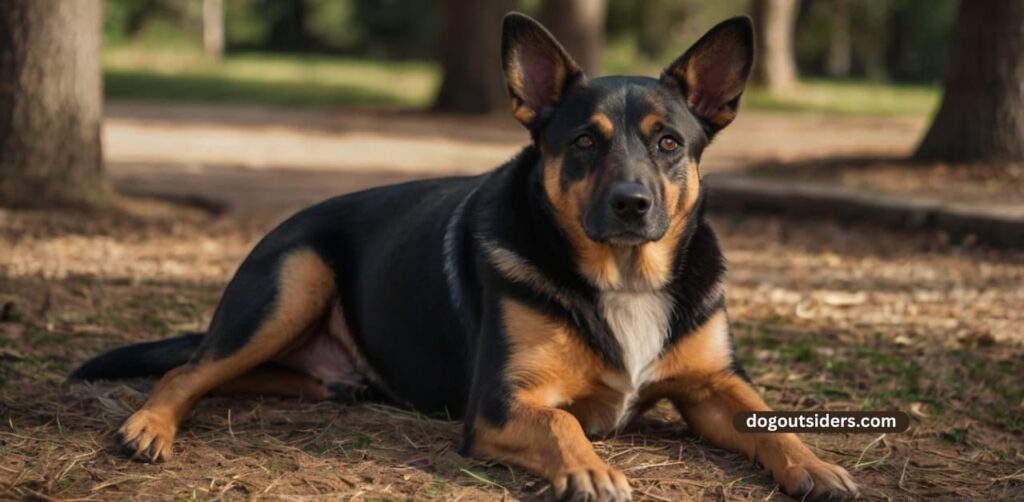
Survival Timeline
Dogs can survive without food for about five days if they continue to drink water. Hydration is crucial in this situation. I once had a friend whose dog stopped eating due to illness. They made sure the dog had access to fresh water, which helped keep it stable during that tough time.
Risks of Starvation
Going without food for two days can lead to serious health issues. Organ damage or even death can occur if a dog remains without food for too long. My own experience taught me the importance of monitoring my pet’s appetite closely, especially when choosing dog food at Zen Dog Veterinary Care PLLC. If I noticed any changes in my dog’s food, I would consult a vet immediately.
Veterinary Consultation
Consulting a veterinarian is vital if a dog hasn’t eaten for two days. They can provide guidance and treatment options. This is especially important for unvaccinated dogs or those with existing health issues, like diabetes. Early intervention can make a significant difference in recovery.
Signs and Symptoms of Distress
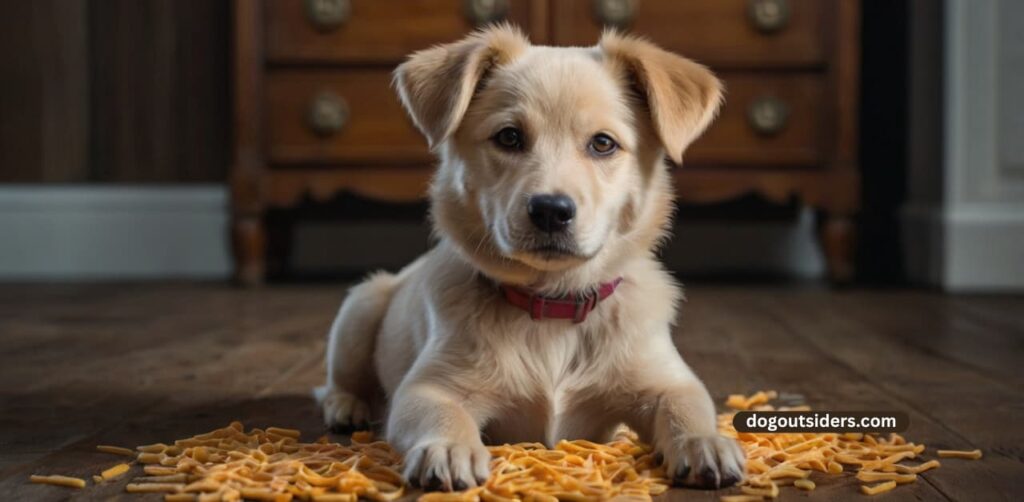
Lethargy
Dogs with parvo often show signs of lethargy. They may lay around more than usual. I once noticed my dog sleeping all day when he was sick. This lack of energy can be alarming, especially if it lasts for more than a day.
Vomiting and Diarrhea
Vomiting and diarrhea are common symptoms during this illness. These digestive issues can lead to severe dehydration. If a dog is not eating, these symptoms worsen quickly. I remember feeling helpless when my dog vomited after refusing food.
Behavioral Changes
Changes in behavior are also important to watch. Increased irritability or withdrawal from social interaction can signal distress. A normally playful dog may hide or avoid contact. This shift can indicate that the illness is affecting their mental state.
Physical Symptoms
Physical signs can include dehydration and weight loss. Dogs may exhibit unusual body postures, indicating discomfort. A hunched back or reluctance to move are clear signs that something is wrong. My vet always emphasized checking for these physical symptoms.
Health Complications
Parvo can lead to serious health complications if left untreated. Monitoring your dog’s condition closely is vital. Early intervention can save their life.
What is the Prognosis For a Dog Diagnosed With Parvo?
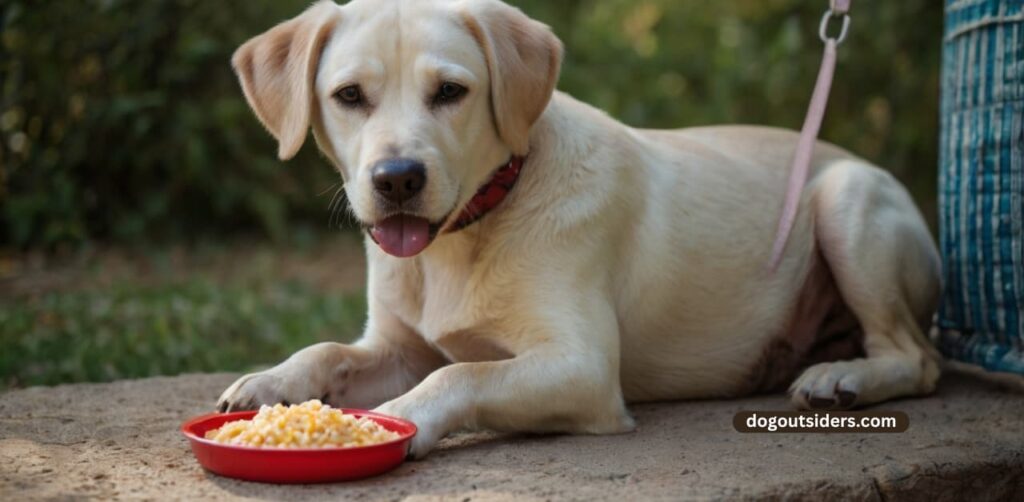
Prognosis for Parvo Diagnosis in Dogs
| Features | Prognosis for Parvo Diagnosis in Dogs |
| Survival Rate | Varies depending on the severity of the case; can be as high as 90% with prompt treatment |
| Treatment Cost | Can range from a few hundred to several thousand dollars, depending on the duration of hospitalization and care required |
| Recovery Time | Dogs may take weeks to fully recover, with some experiencing long-term health issues or complications |
| Contagiousness | Highly contagious to other dogs, requiring strict isolation protocols to prevent spread |
- Survival Rate
- The survival rate for dogs diagnosed with parvo can be as high as 90% if treated promptly. However, severe cases may have a lower chance of survival.
- Treatment Cost
- Treatment for parvo can be costly, ranging from a few hundred to several thousand dollars. The cost depends on the severity of the case and the duration of hospitalization required.
- Recovery Time
- Dogs diagnosed with parvo may take weeks to fully recover. Some dogs may experience long-term health issues or complications even after surviving the initial infection.
- Contagiousness
- Parvo is highly contagious to other dogs and can spread easily through contact with infected feces or contaminated environments. Strict isolation protocols are necessary to prevent the spread of the virus.
The prognosis for a dog diagnosed with parvo can vary depending on various factors such as the severity of the case, promptness of treatment, and overall health of the dog. While many dogs can recover with proper care, it is essential to follow vet recommendations and take necessary precautions to prevent the spread of the virus to other pets.
When to Seek Veterinary Help
Act Quickly
A sick dog that has not eaten for more than 24 hours needs immediate attention. This behavior can signal a serious health issue. I remember when my dog refused to eat for a day. I felt anxious and knew something was wrong.
Monitor Symptoms
If a symptomatic dog shows signs like persistent vomiting or diarrhea, schedule a veterinary appointment right away. These symptoms can lead to dehydration and worsen the dog’s condition. Keeping an eye on their behavior is crucial.
Look for Other Signs
Be vigilant about other concerning symptoms. Difficulty breathing or severe lethargy requires urgent care. Infected dogs can deteriorate quickly if not treated promptly. I once had a friend whose dog showed these signs. They rushed to the vet clinic, which saved the dog’s life.
Veterinary emergencies can happen fast. Knowing when to seek help can make all the difference. A reputable vet can provide the necessary care and guidance for your sick dog.
Acting early ensures your pet receives the best possible treatment. Always trust your instincts as a pet owner. Your dog’s health depends on it.
Tips to Encourage Eating
Small Meals
Offering small, frequent meals can help stimulate a dog’s appetite. Instead of one large meal, break it into smaller portions throughout the day. This method often makes eating less overwhelming. I have found that my dog responds better when I provide food in small amounts.
Experiment with Food
Experimenting with different types of food can also entice a dog to eat. Wet food or homemade options may be more appealing than dry kibble. Sometimes, adding a little broth or liver extract tonics can make a big difference. It’s essential to avoid the wrong food type that could upset their stomach further.
Calm Environment
Creating a calm eating environment is vital. Stress during mealtime can discourage dogs from eating. Use positive reinforcement by praising your dog when they show interest in food. I’ve noticed that playing soft music while feeding my dog helps create a peaceful atmosphere.
Monitor Ingestion
Keep an eye on your dog’s ingestion patterns. If they refuse to eat for more than 24 hours, consult a veterinarian immediately. Parvo can lead to serious health issues if not addressed quickly.
Conclusion:
Dealing with a dog suffering from parvo is tough. I’ve seen how long they can go without eating and the signs that show distress. Knowing when to seek veterinary help is crucial, along with tips to encourage them to eat. Each point I covered plays a vital role in supporting a dog’s recovery.
It’s essential to stay vigilant and proactive. If your furry friend shows any signs of struggle, don’t hesitate to reach out to a vet. A healthy diet can make all the difference in their healing journey. Let’s ensure our dogs get the care they need. Together, we can help them bounce back stronger than ever.
FAQ’s:
A dog with parvo can typically go 24 to 48 hours without food. However, prolonged fasting can worsen their condition and lead to severe complications.
Signs of distress in dogs with parvo include vomiting, diarrhea (often bloody), lethargy, loss of appetite, and dehydration. Monitor your dog closely for these symptoms.
Seek veterinary help immediately if your dog shows severe symptoms like persistent vomiting, diarrhea, or signs of dehydration. Early intervention is crucial for recovery.
It’s best to consult your veterinarian before offering any food. They may recommend bland options like boiled chicken or rice once your dog starts to recover.
Try offering small, frequent meals of bland food. Warm the food slightly or add low-sodium broth to entice your dog. Always consult your vet for specific recommendations.
Yes, hydration is critical. Parvo causes severe dehydration due to vomiting and diarrhea. Ensure your dog has access to fresh water at all times.
With prompt veterinary care, many dogs recover from parvo within a week. However, the prognosis depends on early treatment and the dog’s overall health.
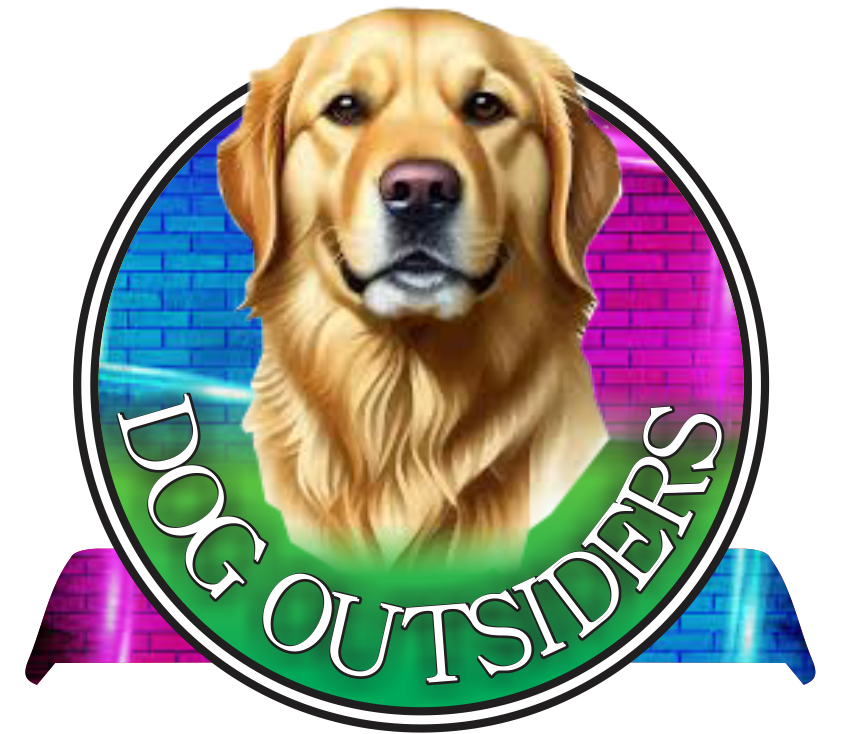
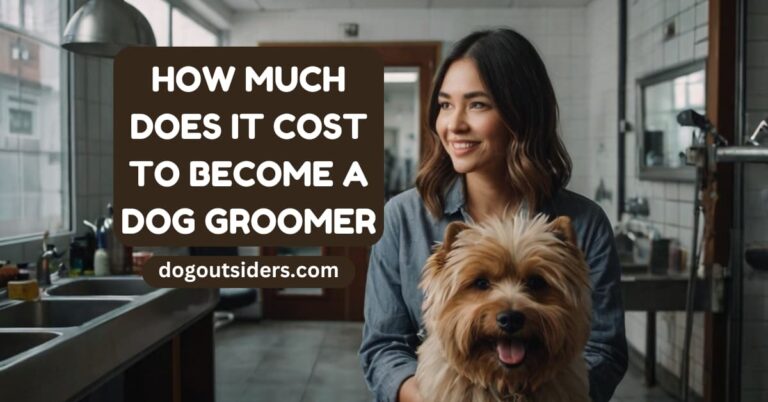
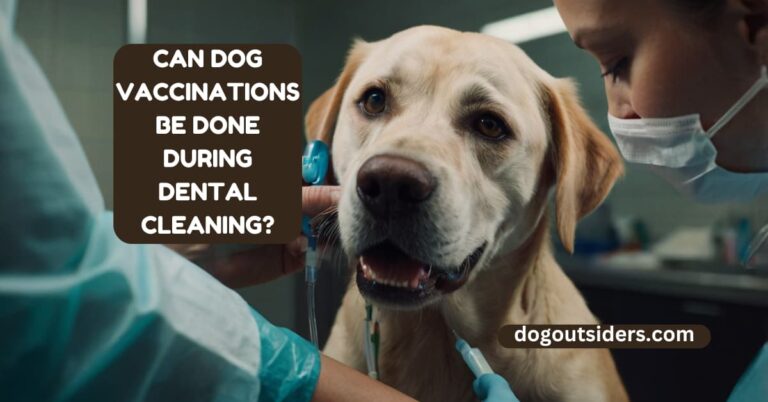

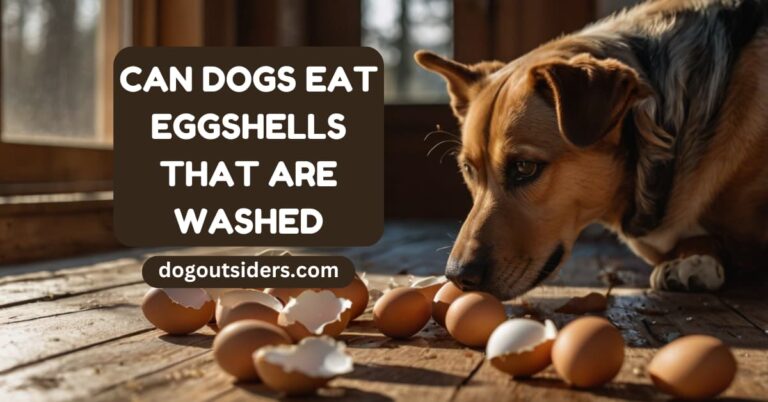
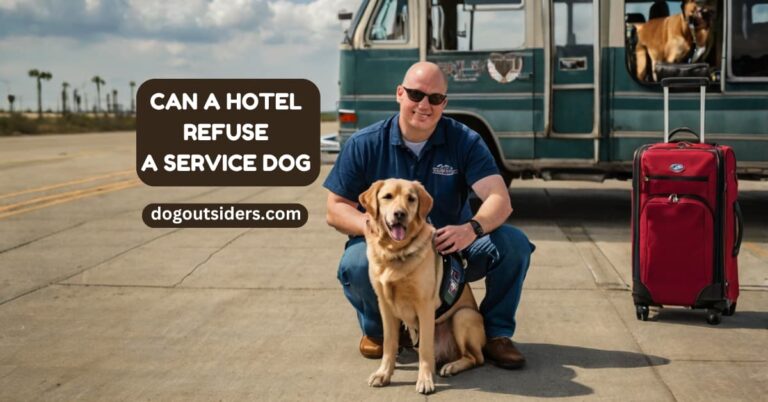
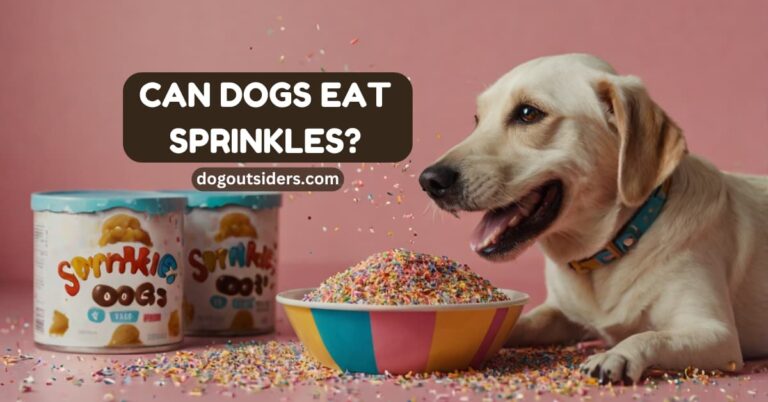
One Comment